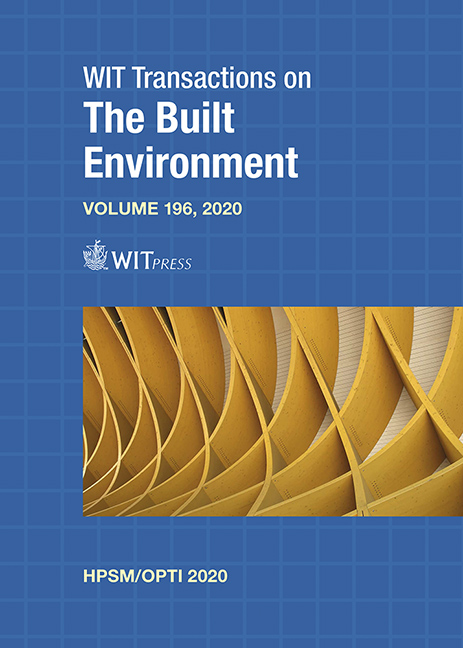INFLUENCE OF NANOFIBER LOADING AND MOULDING CONDITIONS ON THE JOINING STRENGTH OF THERMOPLASTIC COMPOSITES FABRICATED BY INJECTION OVER-MOULDING PROCESS
Price
Free (open access)
Transaction
Volume
196
Pages
12
Page Range
113 - 124
Published
2020
Paper DOI
10.2495/HPSM200131
Copyright
WIT Press
Author(s)
KOKI MATSUMOTO, TUKASA NAGASAKA, KENICHI TAKEMURA, TATSUYA TANAKA
Abstract
An over-moulding process has promised a novel technology for joining lightweight thermoplastic composites with metal or polymer composite parts. Specifically, the substrate parts (metal or textile composites) are put into a mould of the injection moulding machine and melt polymer is injected onto substrate parts. This over-moulding process provides great benefits in terms of fast welding and moulding at the same time. However, the interfacial joining strength of over-moulded parts is still unreliable, and it has a strong dependence on surface treatment of substrate and moulding conditions. The key topic of this joining process is to achieve a reliable joining strength. In this study, we focused on using cellulose nanofiber (CNF) to interconnect between substrate and injection part by purpose of mechanical interlocking in nanoscale. Furthermore, joining strength was determined by single-lap shear test to examine the effect of presence of nanofiber. The single-lap joint consists of plain weave carbon fibre (CF) reinforced polypropylene (PP) composites (CFRPP) as substrate part and pure PP as over-injection polymer. To place the cellulose nanofiber at the interface, CF wovens and PP sheets were stacked alternately, and CNF contained PP sheet was placed at outer layer. The CFRPP substrate was obtained by heating press, pure PP was injected onto the substrate at the side of presence of CNF. This study was investigated on the influence of process conditions (i.e., injection temperature and runner route) and CNF content ratio (up to 3.0 wt%) on the shear strength as joining strength. Furthermore, the fracture morphology was observed through scanning electron microscope (SEM).
Keywords
over-moulding process, cellulose nanofiber, lightweight hybrid composite, single-lap shear





